Earphones

- Details
- Written by: Brent Butterworth
Originally published on SoundStage! Xperience
Optoma NuForce HEM8 earphones measurements can be found by clicking this link.
How many drivers do earphones really need? I’ve heard models with as many as eight per ear. I’ve also heard excellent earphones that have just one driver per ear. With their HEM earphone models, Optoma NuForce lets you decide. You can get the single-driver HEM2s ($119 USD), the two-driver HEM4s ($299), the three-driver HEM6s ($399), or the four-driver HEM8s ($499). All share the same enclosure shape and features. When NuForce asked which I wanted to review, I opted for the top-of-the-line HEM8s.
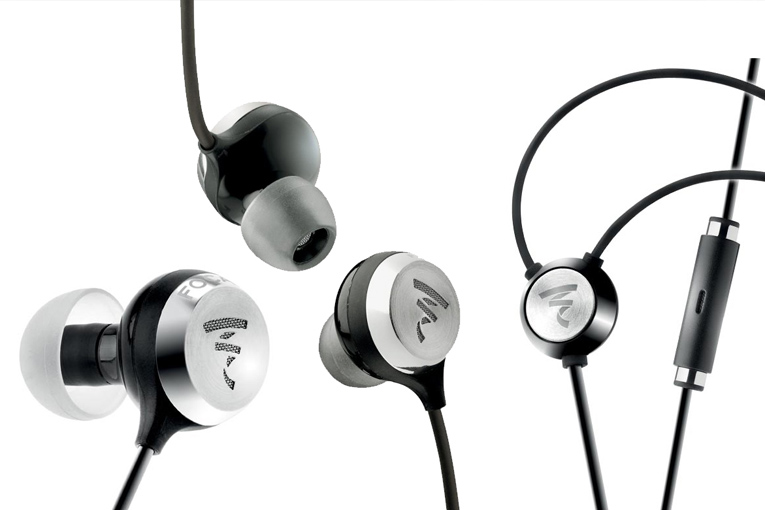
- Details
- Written by: Brent Butterworth
Originally published on SoundStage! Xperience
Focal Sphear earphones measurements can be found by clicking this link.
 With the Sphear earphones ($149 USD), Focal has become the first high-end audio company to attempt building a product as good as a Bose model. Yeah, I wrote that to rankle audiophiles a bit -- but regardless of what you think of the sound of Bose headphones, there’s no denying that they’re comfortable, and that’s the part Focal is trying to match. A frequent traveler, I believe that the comfort of headphones and earphones is as important as their sound. Getting deeper into the music you love is what high-quality audio is all about, and you can’t get deep into any music when your earlobes feel as if they’ve been worked over by Manny Pacquiao.
With the Sphear earphones ($149 USD), Focal has become the first high-end audio company to attempt building a product as good as a Bose model. Yeah, I wrote that to rankle audiophiles a bit -- but regardless of what you think of the sound of Bose headphones, there’s no denying that they’re comfortable, and that’s the part Focal is trying to match. A frequent traveler, I believe that the comfort of headphones and earphones is as important as their sound. Getting deeper into the music you love is what high-quality audio is all about, and you can’t get deep into any music when your earlobes feel as if they’ve been worked over by Manny Pacquiao.
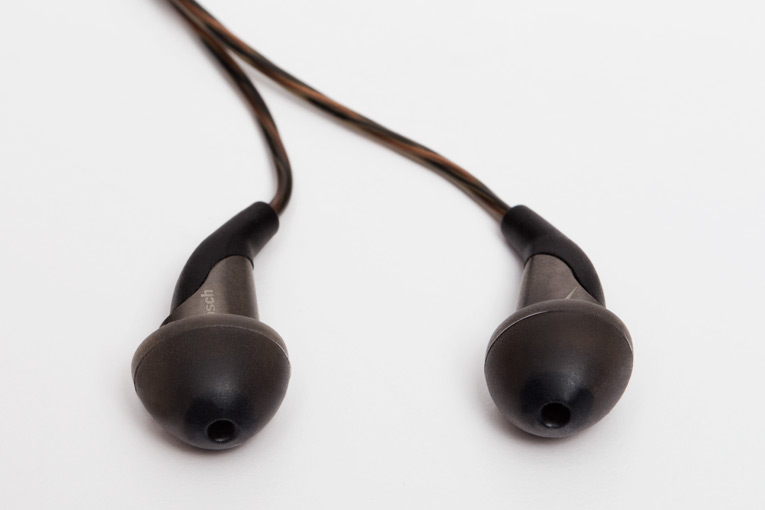
- Details
- Written by: Brent Butterworth
Originally published on SoundStage! Xperience
Klipsch Reference X20i measurements can be found by clicking this link.
When non-audiophiles see something like Klipsch’s new Reference X20i earphones priced above $500 USD, they’ve got to wonder how something so tiny could be worth so much. For that price, you can buy a TV or a digital SLR camera -- something that looks as if it costs $500. But the X20i’s don’t appear to be substantially different from Klipsch’s R6 earphones, which cost only $79. What makes them worth $549 -- nearly seven times as much?
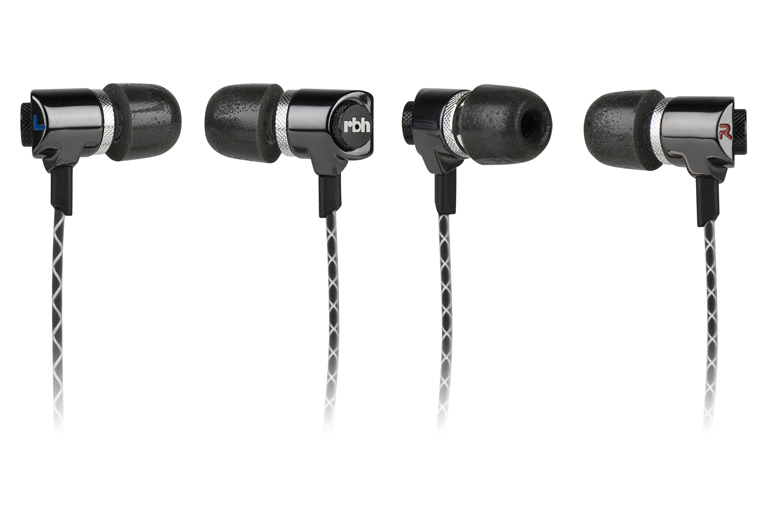
- Details
- Written by: Brent Butterworth
Originally published on SoundStage! Xperience
RBH Sound EP3 measurements can be found by clicking this link.
December 2015
One great thing about the headphone business is that you never know who’s going to rise to the top. RBH Sound, creator of the EP3 earphones reviewed here, is a perfect example. It’s a medium-profile audio manufacturer that never, to my knowledge, strayed outside its specialty -- loudspeakers -- until a couple of years ago, when it came out with its first earphones, the EP1s. The EP1s were voiced by RBH technical director Shane Rich, a talented speaker designer with no previous experience in headphone design. Although they looked rather generic and had no particularly marketable features or design tweaks, the EP1s won numerous rave reviews, and beat out dozens of big-name competitors in a multi-listener comparison test I participated in.
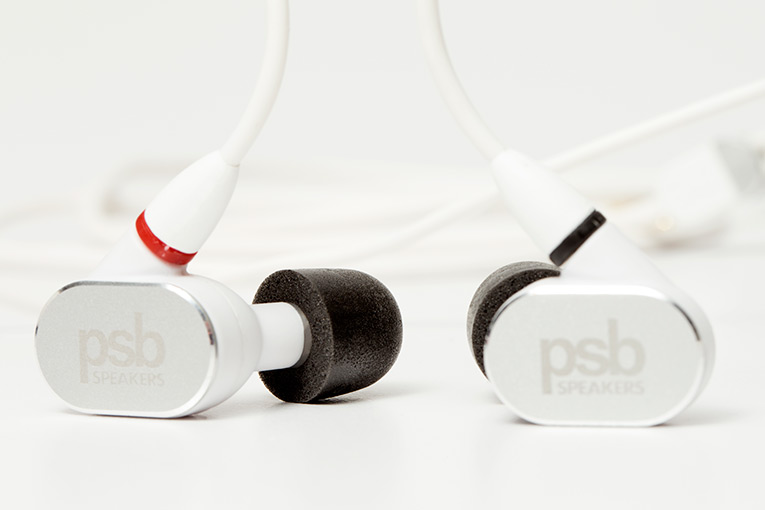
- Details
- Written by: Brent Butterworth
Originally published on SoundStage! Xperience
PSB M4U 4 measurements can be found by clicking this link.
 PSB’s new M4U 4 earphones raise an important question for audio manufacturers: After you’ve achieved near-perfection, where do you go? Before PSB’s founder and chief engineer, Paul Barton, built his first set of headphones, he read all the existing research and did a lot of his own. The result, the M4U 2 over-ear headphones, were indeed close to perfect, according to reviewers. But a manufacturer generally has to offer a complete line of headphones -- and Barton is responsible for designing headphone-related products for two of the audio brands owned by the Lenbrook Group: PSB and NAD. What’s a designer to do? Voice them all the same, so there’s little reason to spend more for the more expensive models? Or make some models sound different from the others?
PSB’s new M4U 4 earphones raise an important question for audio manufacturers: After you’ve achieved near-perfection, where do you go? Before PSB’s founder and chief engineer, Paul Barton, built his first set of headphones, he read all the existing research and did a lot of his own. The result, the M4U 2 over-ear headphones, were indeed close to perfect, according to reviewers. But a manufacturer generally has to offer a complete line of headphones -- and Barton is responsible for designing headphone-related products for two of the audio brands owned by the Lenbrook Group: PSB and NAD. What’s a designer to do? Voice them all the same, so there’s little reason to spend more for the more expensive models? Or make some models sound different from the others?
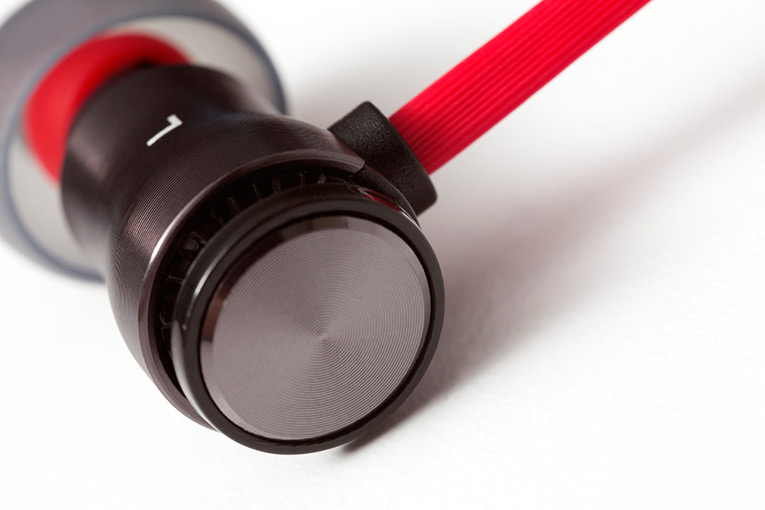
- Details
- Written by: Brent Butterworth
Originally published on SoundStage! Xperience
Phiaton MS 100 BA measurements can be found by clicking this link.
The new MS 100 BAs -- Phiaton’s first earphones with balanced-armature drivers -- make me wonder once again why there’s not more controversy or disagreement about balanced armatures. Look at all the stuff audiophiles do disagree about: tubes vs. transistors, the benefits (or lack thereof) of high-resolution audio, whether or not cables make a difference. Well, the audible difference between using balanced-armature and conventional dynamic drivers in earphones is much more significant than the differences you’d hear in any of the pairings just mentioned.
SoundStage! Solo is part of
All contents available on this website are copyrighted by SoundStage!® and Schneider Publishing Inc., unless otherwise noted. All rights reserved.
This site was designed by Karen Fanas and the SoundStage! team.
To contact us, please e-mail info@soundstagenetwork.com
Having an account with us and logging in allows you to participate in our comments sections at the bottom of each article and review. It costs you nothing. The reason we want you to have this account is simply because we don't want some anonymous yahoos posting nonsense and messing meaningful conversations up. Having an identity usually brings rationality and civility. Thank you!







